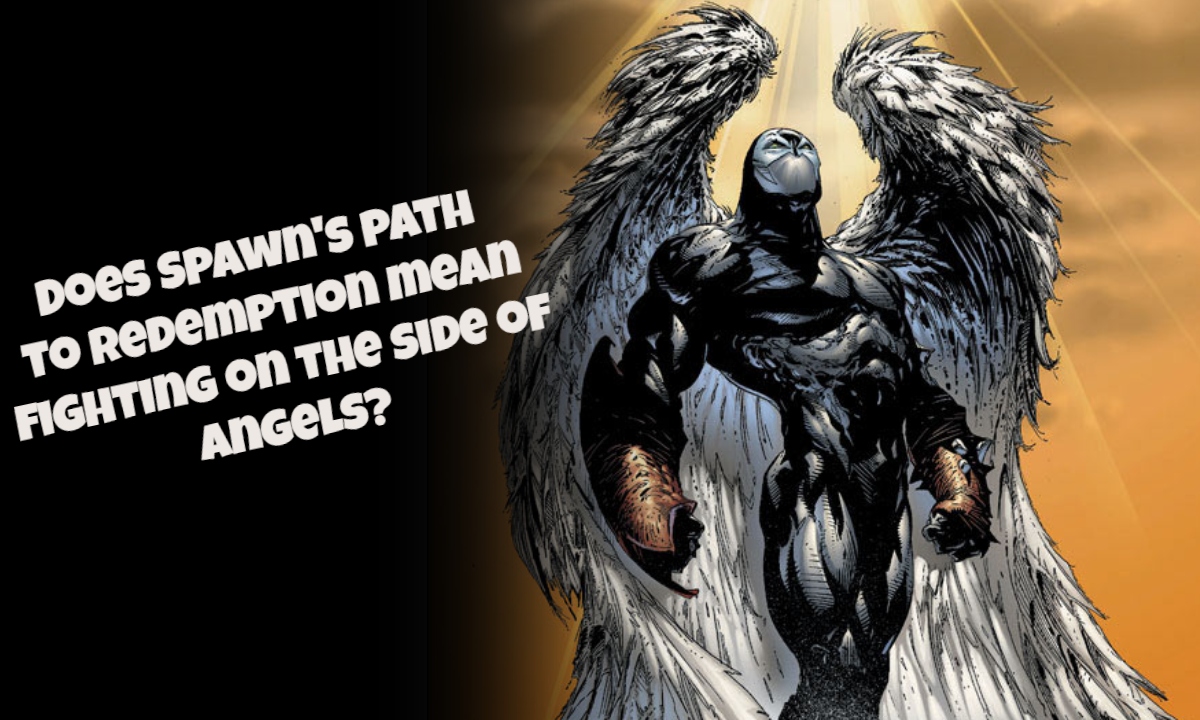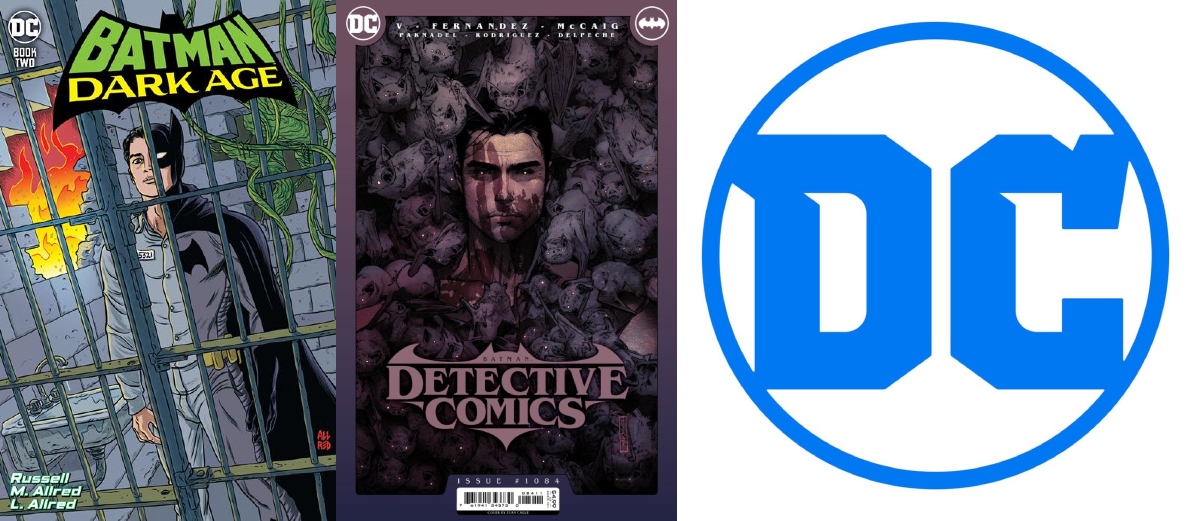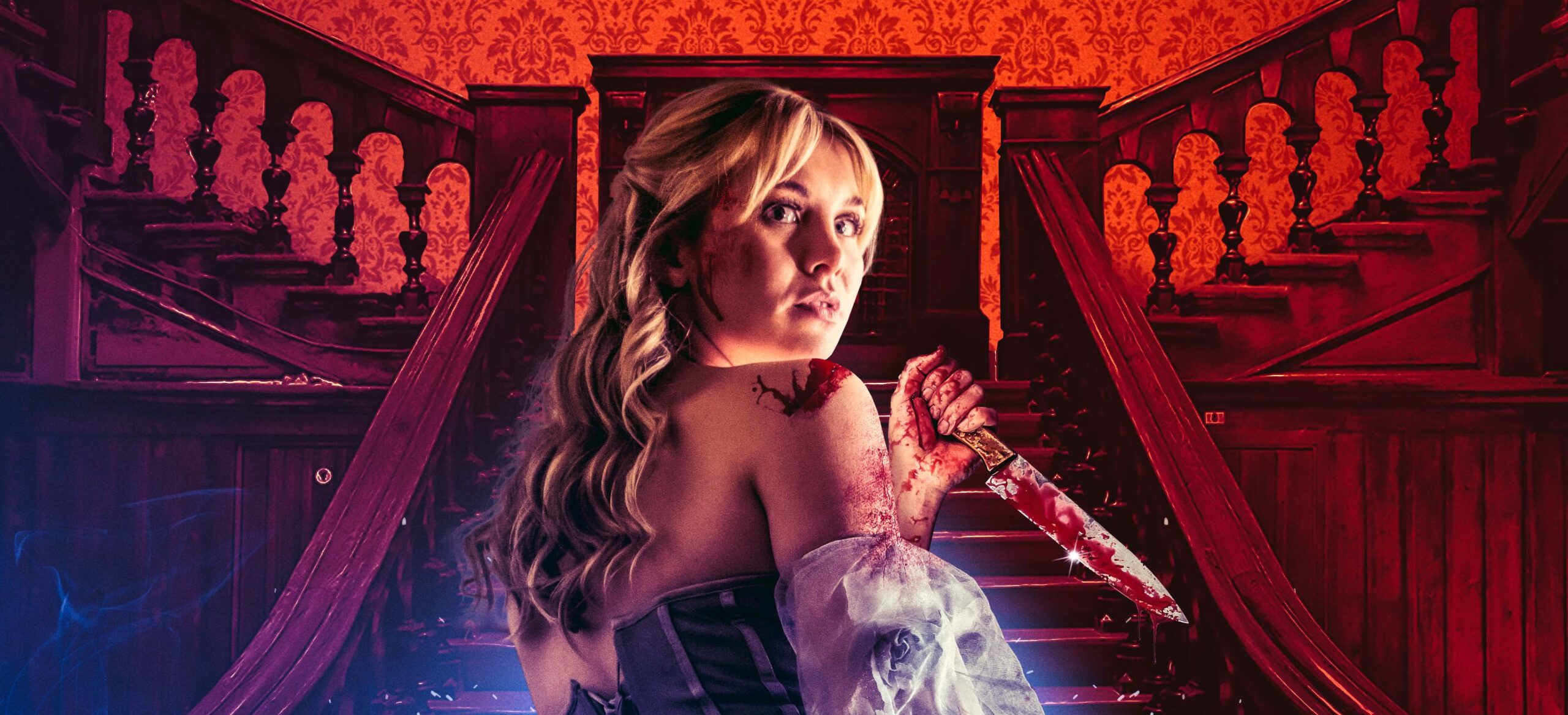In the era of the Marvel Cinematic Universe, Star Wars, and big-budget adaptations, Hollywood still manages to push out truly interesting and entertaining original films. One such film to fall into that category is the upcoming flick, Thoroughbreds.
The movie stars Split and The New Mutants star Anya Taylor-Joy as well as Ready Player One‘s Olivia Cooke. Also in the cast in a supporting role is the late, great Anton Yelchin, who passed away in June of 2016. At the helm of the film is first-time director Cory Finley, whose idea began with a deconstruction of the upper class.
LRM had a chance to sit down with Finley, and in it, he discussed turning that germ of a concept into a play, and then a film, the challenges of being a first-time director, and the film’s comparisons to classics like Heathers and Cruel Intentions.
LRM: First of all, Thoroughbreds … tell me about the film. What can you tell me about it, for those that have yet to watch the movie?
Finley: Yeah, so it’s a psychological thriller that is also a little bit of a dark comedy about two young women in suburban Connecticut, who have a very complicated and manipulative friendship that sort of pulls them both into a murder plot.
LRM: How did you come up with the title?
Finley: So, one of the early images that led to the play — it was actually a play before it was a film, adapted from play to screenplay — one of the early images had to do with a horse. I can’t say too much more without it being a spoiler, but I thought that sort of families that owned thoroughbred horses, as a very particular source of social strata, and a very sort of particular type of wealth, and a kind of … not a rural community, but a community outside of a city. All that felt very particular to kind of the world of this movie. Then, I think the movie is sort of asking questions about the worlds in which we’re raised, and the ways that they affect our moral decisions. I think it’s a bunch of meanings to Thoroughbreds, and it felt like it captured a lot of them.
LRM: I have to say it was a perfect title. I had to Google it, find out what does it really mean. Then I’m like, “Oh, wow.” After watching the movie, it definitely did fit.
Finley: Good. It’s like all of the characters are in their own different ways, thoroughbreds.
LRM: Mm-hmm (affirmative).
Finley: Of course, the horses that sort of surround the world refers to them as well.
LRM: Yeah. Well kudos on the title. Like you said, it was originally a play.
Finley: Mm-hmm (affirmative).
LRM: How did you come up with the whole concept of the play? How did it start? I mean, you were so young. You were, if I’m not mistaken, 27?
Finley: Yeah, when we made the movie, yeah. It’s been a nice long run. Yeah, the play started … I think the play started from me wanting to explore some of my own complicated feelings about wealth and privilege. The first thing I knew is it was going to be set in one of these communities. It’s set in a town like a Greenwich or a New Canon, Connecticut, something like that. Sort of a wealthy enclave outside of New York, and I live in New York City.
I knew that, and then I knew that it was going to be about these two young women who were kind of coming up in this world, and who were once kind of beneficiaries of this privilege that they were raised in, but also kind of trapped by it, and by these sort of terrible people that provided the wealth around them. I just sort of built the story around these two characters, and became this kind of thriller/film noir story, but at it’s core, I think it’s a story of friendship, and a story of characters growing up in a very particular place in time.
LRM: Do you feel like that environment, the wealth, the community, kind of had to do with the concept of their bright ideas?
Finley: Yes. They’re bright and very dangerous ideas (laughs). Yeah, avoiding spoilers. Yes, exactly. Yeah, definitely. I wanted to say something about the way that growing up in these sorts of communities can insulate people. I wanted it to be a little bit of satirical film, and to be a film that in some ways was about kind of the privileged, unempathetic people that hold so much power in the world.
I also wanted it to be a film that was sympathetic to the lead characters, and understood the ways that they were shaped by the world they grew up in, and the ways in which they were sort of … in some senses, fighting against the world in which they grew up. Those are my favorite sorts of movies, the ones that let you really invest in a character and feel empathetic toward a character, but also keep a little bit of a satirical distance from them. So, that was the tightrope that we tried to walk.
LRM: Okay. I understand for this film, this was your first film as a director. How was that?
Finley: Terrifying. Very scary. I’d only been a writer, essentially, before that, and only a playwright, so it was my first screenplay, and then my first time … basically my first time on any movie set, so I had a lot of fast learning on the job to do, and a lot of faking confidence until I actually had it.
I was definitely helped by the fact that I have a couple of really amazing actors, who even though they’re much younger than me, or already more experienced in the film industry by a long shot, and then a number of really great producers and director/photography collaborators all around. So, it was a very experienced team. I was just very lucky that they were excited about this story, and that they were willing to give me a shot to direct it.
LRM: As a director, what scene would you say was the highlight of finally being able to put it in a visual contest, a photography contest, would you say was?
Finley: I think my favorite one to shoot was also one of the hardest to shoot, and it’s a “oner” as they say. It’s all one shot, no cuts. It’s the two characters in a wine cellar together, the first time they’re really talking seriously about the idea of what will become this murder plot. They are moving between different rooms in this big, musty wine cellar, and the camera is moving from room to room, kind of following them and jumping in between them, and it’s with one, then it’s with the other, and then it’s following one up the stairs.
It’s a pretty complicated shot, and it took a long time to get everything set up, and to build in all the lighting so you could see the lights as the camera moved. It was especially complicated because there was a door that the camera needs to pass through at one point, and a crew member shut the door at one point and it locked itself. We could not get it unlocked.
It was very haunted and weird. It was like 1:00 a.m. when this happened, and we had to wake up the local locksmith and have him come down and literally drill a hole through the door so that we could move the camera through the door. That was kind of a crazy day, but I think that because it was so crazy, and because after many, many takes, we finally got our perfect shot. That was probably the highlight.
LRM: Of the scenes, I have to say one of my favorite ones was the image where it’s focusing on Amanda. I know it’s not much to it, but for me, it was like a psychological … you’re like imagining what’s going on. The suspense of … it really plays with your mind.
Finley: Yeah, I love when you can kind of make the audience rely on their own powers of imagination about something that you’re not showing on screen. That’s definitely one of those moments. That was also sort of my homage to the theater, because it’s the one scene in the movie that really looks, on screen, the way it would have, if we had done the movie as a play.
The play was going to be one couch, basically, was the set, and there are two characters mostly sitting on the couch talking. That one shot … the camera is set up exactly where the audience would be in the play version. So, that always has a special resonance for me, too. I’m glad you liked that shot.
LRM: Yeah, that was actually one of my favorites. I did notice, speaking of the couch, that you had quite a few moments when you had these two characters kind of sitting in silence.
Finley: Mm-hmm (affirmative). Yeah.
LRM: I mean, it wasn’t awkward. It didn’t look odd. It just … how did you manage to make it fit so perfectly?
Finley: I’m glad you think it did. There were … I think both of our lead actors, Olivia Cooke and Anya Taylor-Joy, are both … it’s maybe a strange thing to say about actors, but they’re so good with stillness, and they’re so good with silence. They are just … they’re both naturally fascinating to watch. I think that’s part of what their … they just had that sort of hard-to-teach actorly quality. But then they also are like very precise about the way they’ll use non-verbal acting, and where their gaze will go, where their eyes will go, and just even things like posture. They’re both real … I think if the more kind of quiet moments of the movie work, it’s because they are such masters of silence and stillness.
LRM: Well, it was good. I was impressed, because you don’t have that in many movies.
Finley: Sure, yeah.
LRM: So, I read something in reference from the Sundance premiere. They said, “You could describe Cory Finley’s Sundance premiere as “Heathers” meets ‘”Cruel Intentions”, but yet “Thoroughbreds” is its own weird deliciously dark, feral creature.”
Finley: Oh, I like that.
LRM: Right?
Finley: A feral creature. I’ll take that, yes.
LRM: How do you feel about that? I mean, to me, that’s like … “Cruel Intentions,” I grew up with “Cruel Intentions.”
Finley: Oh, yeah. Oh, it’s a classic, yeah. Yeah, no, it’s super flattering to be mentioned in the same sentence as any of those movies, I think. There is a real … I love Heathers. I love Cruel Intentions. There’s a real wonderful canon of kind of these dark, twisted teen movies. I think this … I’m proud to be a part of that tradition. Those weren’t my direct inspirations in making it. I think I was more interested in kind of riffing on classic film noir and stuff like that. But, I’m very gratified to hear people making comparisons to those movies.
LRM: But yet, like it says, “Your own feral creature.”
Finley: Yes. Exactly.
LRM: How did you approach the scenes with the horse? There wasn’t much, but they said a lot.
Finley: Yeah, so we open with the shot of the horse, and the actual horse was amazing and beautiful. It had a little trouble standing still. It was a very … I think all horses like to move around, and our opening shot, really … not giving too much away because it’s the first shot in the movie, but it’s this kind of staring contest between Olivia Cooke who plays Amanda, and this horse. It was really cool watching Olivia sort of figure out how to calm the horse with her own presence.
Once she really started to breathe deeply and sort of relax her body, the horse sort of picked up on that cue from her, and started to do the same. We needed the trick of the horse staring at her for 20 seconds, 30 seconds, which I think they tend to move their heads around more, but she discovered this kind of amazing ability to hold the horse’s focus and I always loved that shot. I feel very proud of it, and proud of her, within it.
LRM: Well, it said a lot. It had a lot of meaning. To finalize, is there something I can share in reference to any upcoming projects?
Finley: Very little I can share, sadly, just because they’re all still coming together.
LRM: Yes. But, we have something to look forward to.
Finley: Yes, exactly. Very excited for this to come out, and for people around the country to be able to check it out.
Don’t forget to share this post on your Facebook wall and with your Twitter followers! Just hit the buttons on the top of this page.

 FOR FANBOYS, BY FANBOYS
Have you checked out LRM Online’s official podcasts and videos on The Genreverse Podcast Network? Available on YouTube and all your favorite podcast apps, This multimedia empire includes The Daily CoG, Breaking Geek Radio: The Podcast, GeekScholars Movie News, Anime-Versal Review Podcast, and our Star Wars dedicated podcast The Cantina. Check it out by listening on all your favorite podcast apps, or watching on YouTube!
Subscribe on: Apple Podcasts | Spotify | SoundCloud | Stitcher | Google Play
FOR FANBOYS, BY FANBOYS
Have you checked out LRM Online’s official podcasts and videos on The Genreverse Podcast Network? Available on YouTube and all your favorite podcast apps, This multimedia empire includes The Daily CoG, Breaking Geek Radio: The Podcast, GeekScholars Movie News, Anime-Versal Review Podcast, and our Star Wars dedicated podcast The Cantina. Check it out by listening on all your favorite podcast apps, or watching on YouTube!
Subscribe on: Apple Podcasts | Spotify | SoundCloud | Stitcher | Google Play






